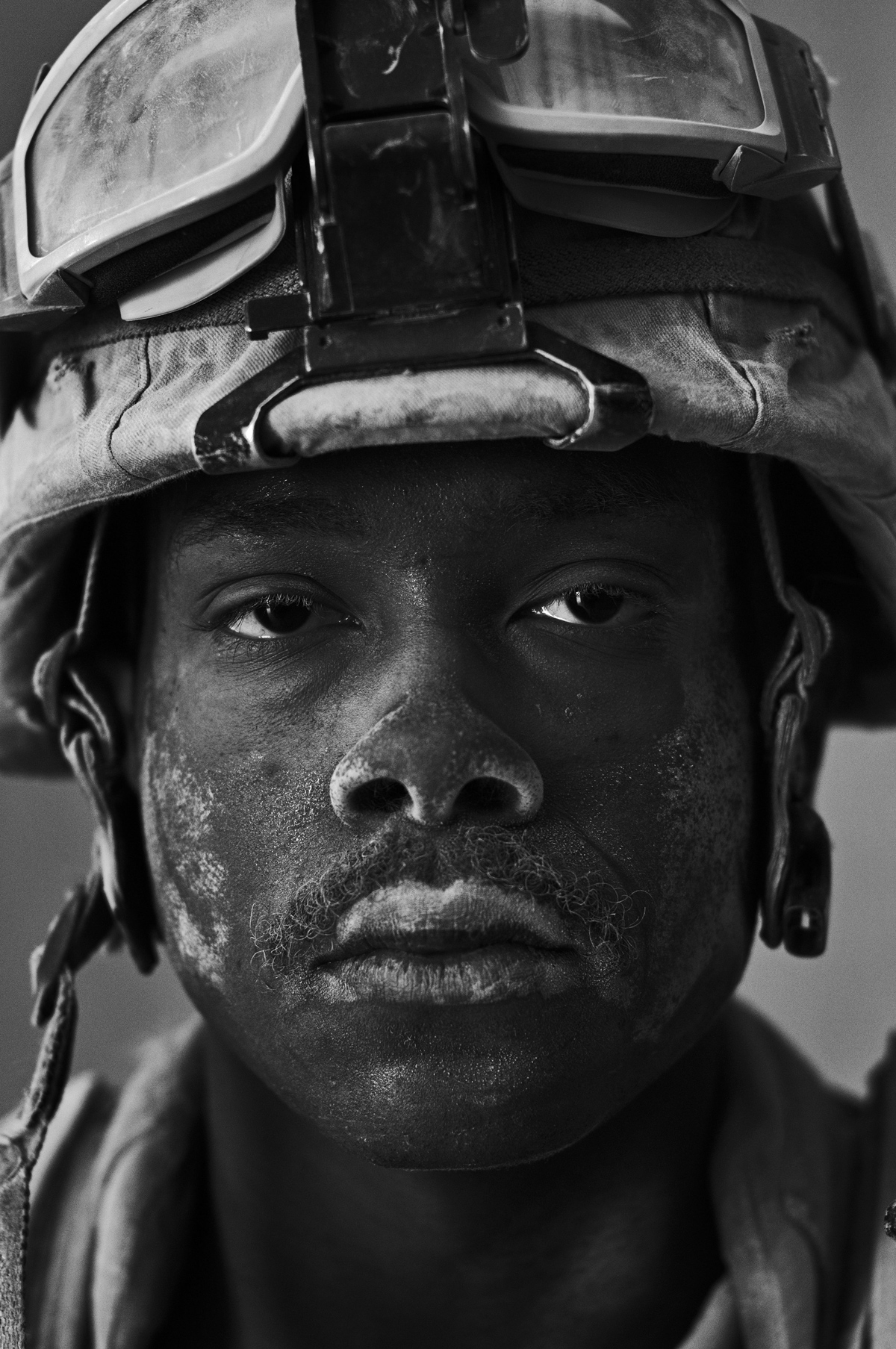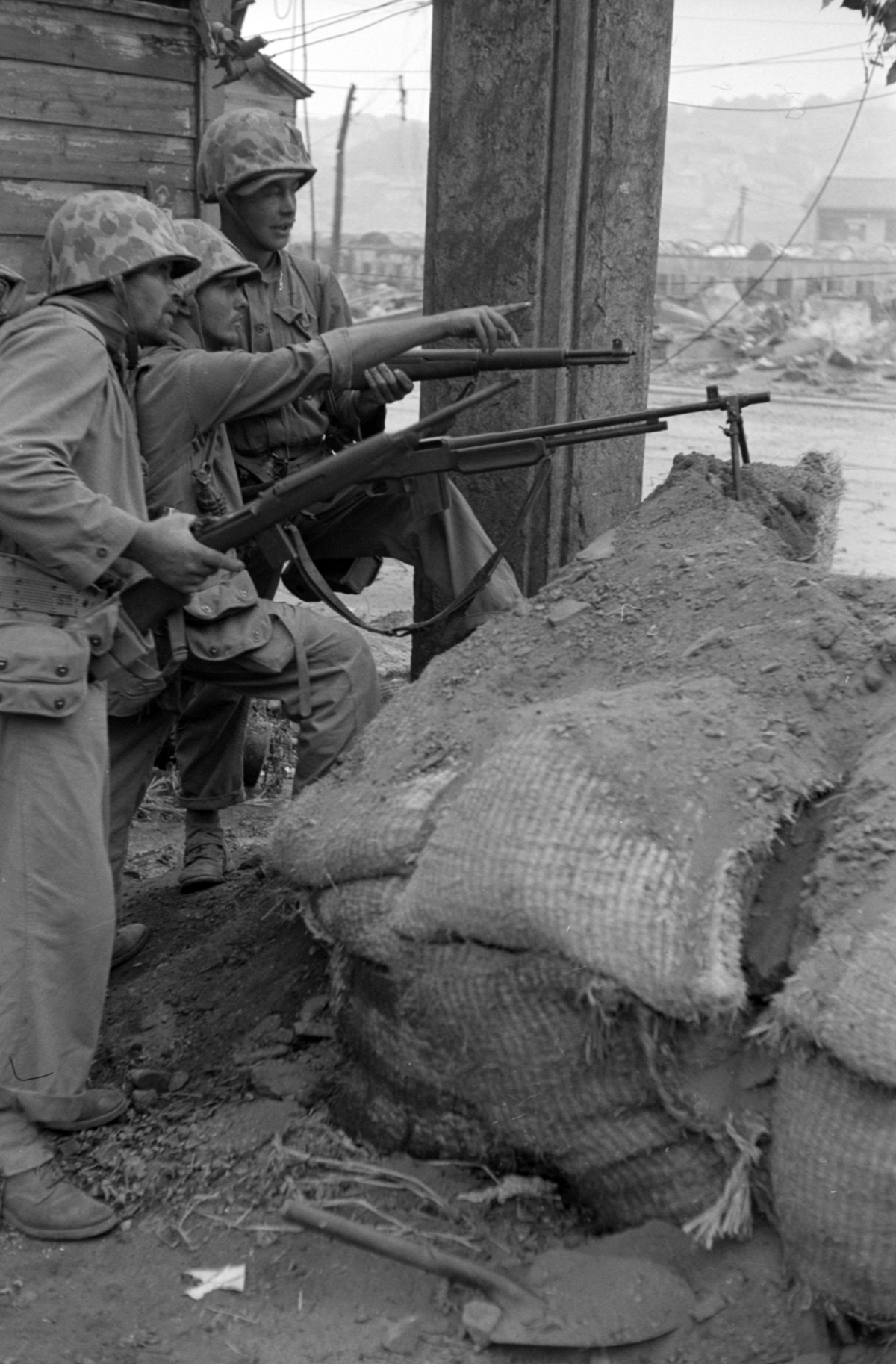In the final installment of our tribute to David Douglas Duncan in the month of his 100th birthday, photographer Louie Palu offers a poignant reflection on the impact of Duncan’s combat photographs on his own work in war zones. Three photographs from Palu’s series The Fighting Season are featured in the upcoming Harry Ransom Center exhibition Look Inside: New Photography Acquisitions, opening February 9, and more of his work can be studied in our Reading and Viewing Rooms. Once again, all of us at the Ransom Center would like to wish David Douglas Duncan our warmest wishes as he enters his 101st year.
When I was a teenage aspiring photographer I was shaped by the work of David Douglas Duncan. His book of photographs from the Korean conflict, This is War!, expressed the psychological and emotional fragility of human beings affected by war unlike any other photographer’s work. [Read more…] about David Douglas Duncan at 100: A month of tributes to David Douglas Duncan in honor of his 100th birthday—Part 4


